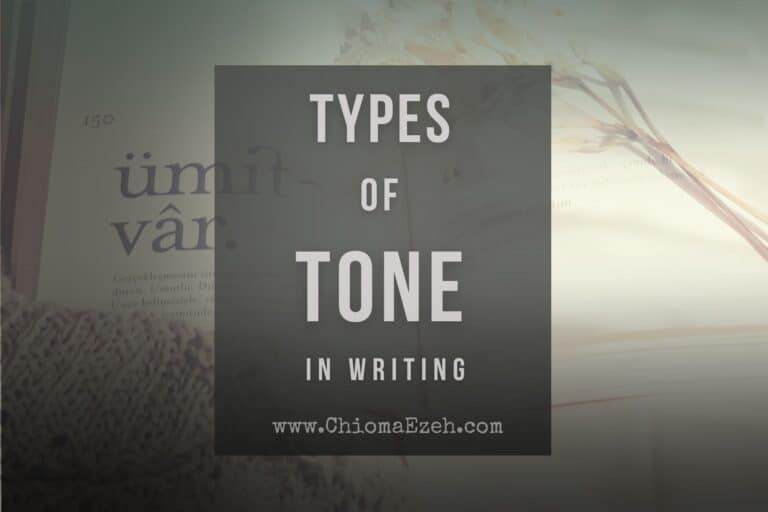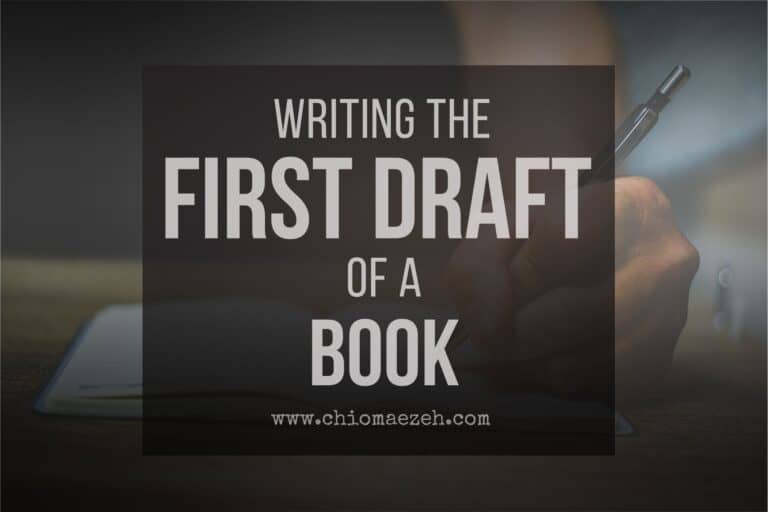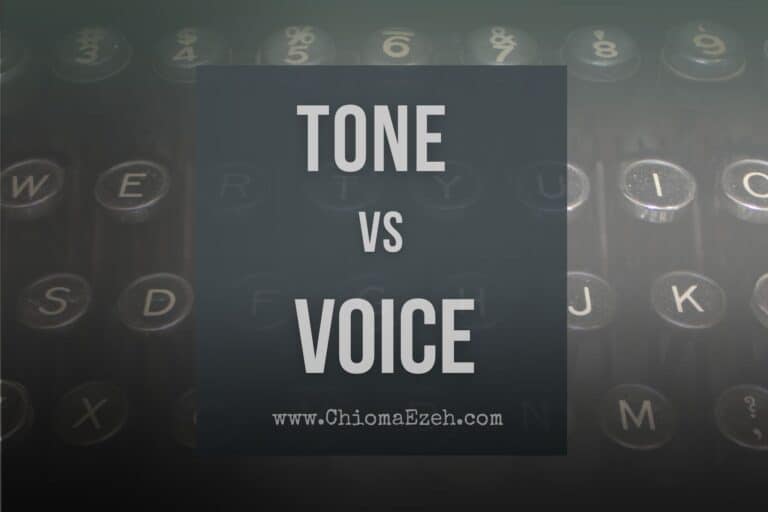How Does Dialogue Affect The Character In A Story?
The phrase “show, don’t tell” is particularly relevant regarding dialogue in fiction writing. Dialogue can be a powerful tool to showcase your characters’ personalities, relationships, and growth throughout the story.
In this article, we’ll explore how dialogue affect the character in a story, using examples to explain the points.

Let’s Talk
Are you a writer aspiring to pen a masterpiece that never fails to captivate? Look no further. Reach out to us and uncover how we can help you to take your writing to unprecedented heights!

Does Dialogue Affect The Plot Of A Story?
Dialogue significantly affects the characters in a story. Well-crafted dialogue helps to reveal the characters’ personalities, motivations, emotions, and relationships with other characters. Here are some ways dialogue can impact characters in a story:
- Character development: Through dialogue, characters can express their thoughts, beliefs, and feelings, creating multi-dimensional, relatable characters that readers care about.
- Character relationships: Dialogue can showcase the dynamics between characters, as it reveals the nature of relationships, such as family, friendship, rivalry, romance, or animosity.
- Voice and individuality: Each character’s unique voice, speech patterns, and mannerisms can be conveyed through dialogue.
- Conflict and tension: Disagreements, arguments, or secrets revealed through dialogue can create dramatic tension and drive the story forward.
- Character backstory: Dialogue can reveal a character’s history, providing context and depth to their personality and motivations. This information can be shared through anecdotes, reminiscing, monologues, or discussions with other characters.
With dialogue, writers can create rich, complex characters that engage readers and drive the story forward. Dialogue is an essential tool for shaping characters, as it allows them to interact, express themselves, and evolve throughout the narrative.
How Does Dialogue Affect The Character In A Story?
Dialogue impacts the characters in a story in so many ways. They include:
- Dialogue reveals character personality
- Dialogue shows relationships between character
- Dialogue highlights character growth
- Dialogue reveals character backstory
- Dialogue creates conflict between characters
- Dialogue shows character flaws and vulnerabilities
1. Dialogue Reveals Character Personality
One of the most crucial functions of dialogue is to reveal a character’s personality. Through the words they choose and the way they express themselves, we can learn a great deal about who they are, their values, and their motivations.
Example:
Consider two characters meeting for the first time:
Alice: “Hi, I’m Alice. It’s a pleasure to meet you.” Bob:
“Bob’s the name. Nice to meet ya.”
In this short exchange, we can already glean some information about these characters. Alice seems polite and formal, while Bob is more casual and laid-back. Their dialogue helps to differentiate them and gives us an insight into their personalities.
2. Dialogue Shows Relationships Between Characters
Dialogue can also help establish and develop relationships between characters. The way characters interact with each other can reveal their emotional connections, power dynamics, and past experiences.
Example:
Imagine a scene between a father and his teenage daughter:
Father: “You know, when I was your age, I had to walk 5 miles to school every day.”
Daughter: “Dad, you always say that. You’re exaggerating, right?”
The playful banter and teasing in this example demonstrate a close, loving relationship between the father and daughter. By using dialogue, we can effectively show the nature of their bond without explicitly stating it.
3. Dialogue Highlights Character Growth
As your story progresses, your characters should evolve and change. Dialogue can be an excellent way to showcase this character growth, reflecting how they’ve been affected by the events of the story.
Example:
Let’s take a look at a character who starts the story lacking confidence but grows more self-assured as the narrative unfolds:
At the beginning of the story: Emma: “I don’t think I can do this. What if I fail?”
Toward the end of the story: Emma: “I’ve come so far, and I’m not giving up now. I can do this.”
In this example, Emma’s dialogue illustrates her transformation, providing a clear contrast between her initial insecurity and her newfound determination.
4. Dialogue Helps Create Conflict Between Characters
Conflict is a vital component of storytelling, and dialogue can be a powerful tool to create and escalate tension between characters. By using dialogue to demonstrate disagreements, misunderstandings, or clashing motivations, you can make your story more engaging and dynamic.
Example:
Think about a scene between two characters with opposing goals:
Mia: “We need to report this to the police. It’s the right thing to do.”
Jake: “No, Mia. We can’t trust anyone. We need to handle this ourselves.”
In this example, the dialogue creates conflict between Mia and Jake, with each character advocating for a different course of action. This disagreement adds tension to the story, driving the plot forward.
5. Dialogue Can Reveal Backstory
Characters’ conversations can provide valuable information about their past experiences, beliefs, and motivations. By incorporating relevant backstory details into dialogue, you can avoid lengthy exposition and keep the story moving.
Example:
A character discussing a past event that shaped them:
Oliver: “After the accident, I realized just how fragile life is. That’s why I became a doctor – to help others and make a difference.”
In this example, Oliver’s dialogue reveals a significant event in his past and explains his motivation for becoming a doctor. By weaving this information into a conversation, the backstory feels more natural and engaging for the reader.
6. Dialogue Can Show Flaws and Vulnerabilities
Nobody’s perfect, and neither should your characters be. Dialogue can help you showcase your characters’ flaws and vulnerabilities, making them more relatable and human.
Example:
A character admitting a fear or insecurity:
Sophie: “I’ve always been afraid of being alone, but I never wanted to admit it. I guess I just didn’t want to seem weak.”
In this example, Sophie’s dialogue exposes her vulnerability in such a way that allows the reader to empathize with her.
Each example demonstrates how dialogue can be used effectively to impact the character in a story. They showcase how dialogue can help develop characters, making them more complex, relatable, and engaging.
How To Use Dialogue To Develop Your Characters
Let’s explore some practical ways writers can use dialogue to develop their characters, using examples to illustrate each concept.
1. Show Character Traits Through Speech Patterns
The way your characters speak can reveal a lot about their personalities, background, and education. By giving each character a distinct voice, you can make them more memorable and engaging.
Imagine a character, Susan, who is always proper and polite. She might say, “Oh dear, I do believe it’s about to rain.” In contrast, her rough-and-tumble cousin, Danny, might exclaim, “Looks like we’re in for a downpour!”
With different speech patterns, you can convey their contrasting personalities and make them feel more distinct.
2. Use Dialogue Tags and Actions to Add Depth
In addition to the words themselves, consider how your characters deliver their lines. Dialogue tags and actions can reveal emotions and add depth to the conversation.
Example:
Sarah sighed, “I just don’t know what to do anymore.” (Shows frustration or sadness)
Mark snapped, “Well, figure it out!” (Shows anger or impatience)
Dialogue tags and actions convey the characters’ emotions and make the conversation more dynamic and engaging.
3. Create Unique Verbal Tics or Catchphrases
Giving your characters unique verbal tics or catchphrases can make them more memorable and endearing to your readers.
Consider the popular character Hermione Granger from the Harry Potter series. Her frequent use of the phrase, “Honestly, don’t you two read?” not only demonstrates her intelligence but also solidifies her unique voice and highlights her relationship with Harry and Ron.
4. Use Subtext to Show What Characters Are Not Saying
Sometimes, what’s not said can be as important as what is. Characters may not always express their thoughts and feelings directly, so using subtext can create tension and intrigue.
Example:
Grace: “I saw you with her yesterday.”
Jack: “It’s not what you think, Grace.”
In this exchange, the subtext suggests more to the story than what’s being said, hinting at hidden emotions and conflicts.
5. Create Conflict Through Dialogue
As we mentioned earlier, dialogue can be used to create conflict between characters. You can craft conversations that reveal disagreements, misunderstandings, clashing motivations, or opposing goals. As such, you can generate tension and move the story forward.
Example:
Lena: “We need to turn back. It’s too dangerous.”
Sam: “No way, we’ve come too far to give up now.”
This disagreement highlights the characters’ perspectives and adds a sense of urgency to the story.
6. Use Dialogue to Demonstrate Character Growth
As your characters face challenges and grow throughout the story, their dialogue should reflect these changes.
In “The Hunger Games,” Katniss Everdeen begins the story as a wary and closed-off character. As she forms alliances and confronts her fears, her dialogue becomes more open and assertive, reflecting her growth as a character.
Final Notes: How Does Dialogue Affect the characters In A Sory?
Dialogue can be used effectively to impact the character in a story. Here’s a recap of the reasons Dialgue impact the characters in a story:
- Dialogue reveals personality: Characters’ speech patterns and word choices give readers a glimpse into their unique personalities, setting them apart.
- Dialogue shows relationships between characters: Conversations can reveal the emotional connections, power dynamics, and history shared between characters.
- Dialogue highlights character growth: As characters evolve and change throughout the story, their dialogue can reflect this growth. Ultimately, it shows how they’ve been affected by the events in the story.
- Dialogue helps create conflict: Character disagreements, misunderstandings, and clashing motivations can create tension and drive the plot forward.
- Dialogue can reveal backstory: By incorporating relevant backstory details into conversations, you can avoid lengthy exposition and provide valuable information about characters’ past experiences.
- Dialogue can show flaws and vulnerabilities: Characters’ conversations can expose their imperfections and insecurities.
When you incorporate these dialogue techniques into your writing, you’ll be well on your way to crafting rich, engaging characters that capture your readers’ hearts and minds.
Remember, dialogue is an essential tool in your storytelling toolbox – use it wisely, and watch your characters come to life in your story.






![Examples of Settings in Books [15 Popular Stories Dissected]](https://chiomaezeh.com/wp-content/uploads/2023/02/examples-of-settings-in-books-1-768x512.jpg)